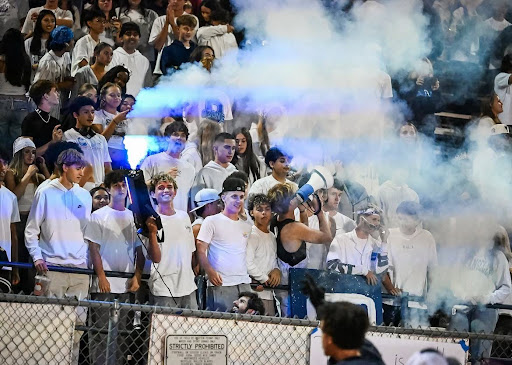On Aug. 27, Hurricane Idalia was discovered by the National Hurricane Center, making landfall in the early hours of the morning and devastating the areas that it reached.
Hurricane Idalia has devastated Florida’s Big Bend region, starting with the town of Kenton Beach where it first reached. From there, the storm picked up speeds using the warm waters off the Gulf of Mexico. The strength of the storms caused by Idalia led it to being recognized as a Category 4 when it collided with Florida’s Big Bend, producing 125 mph winds.
Due to the intense winds and heavy downpour, Florida citizens are faced with wrecked homes and flooded streets.
Michael Brennan, director of the National Hurricane Center went to CBS Mornings on Wednesday to give the public his side of the story.
“In this part of Florida, particularly the Big Bend coast, we haven’t seen a hurricane landfall of this intensity in many, many, many years,” Brennan said.
Along with the rebuilding efforts, there were some casualties that occurred as a result. There have been three confirmed deaths caused by Hurricane Idalia. Two of the victims were killed due to unsafe driving conditions.
The hurricane eventually downgraded as it went further inland, falling from a Category 4 to a Category 3 with wind speeds reaching a maximum of 129 mph. As it progressed further, it passed through Georgia, North Carolina, and South Carolina. However, the state of the hurricane has been expected to drop significantly to just heavy rainfalls.
Many have come together to assist Florida with rebuilding efforts through fundraising projects like the Hurricane Idalia Relief Fund.















